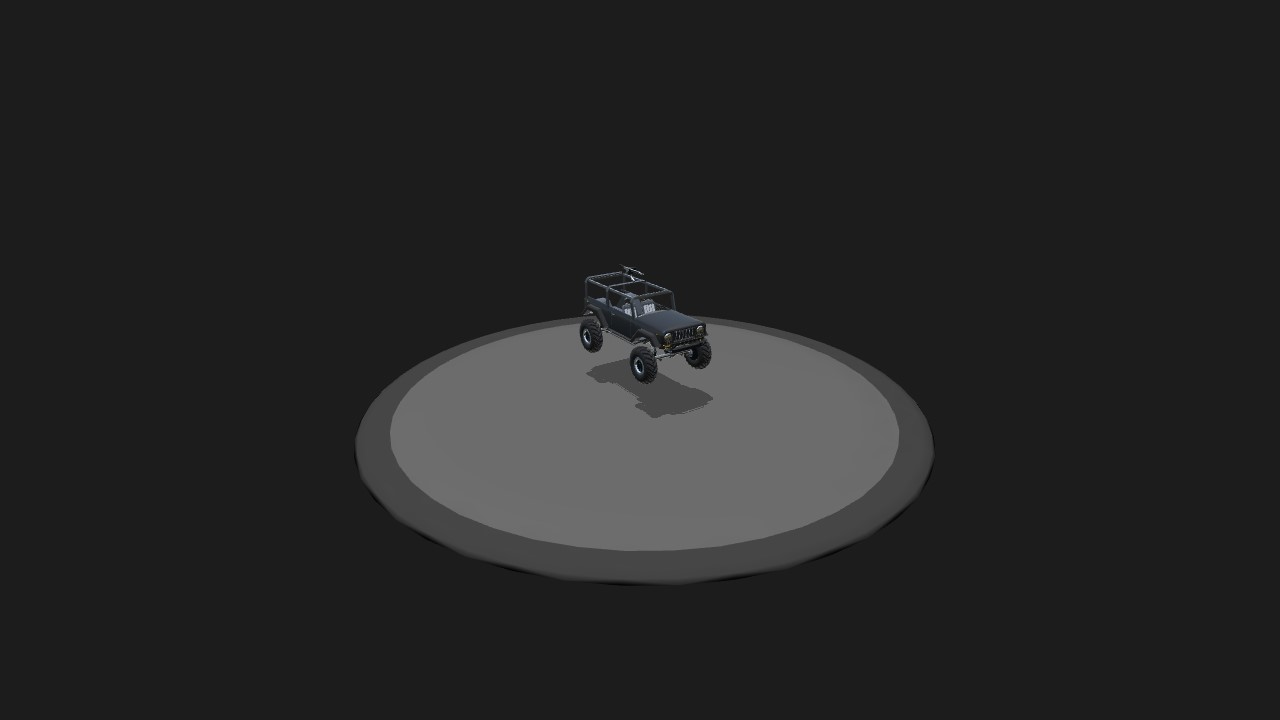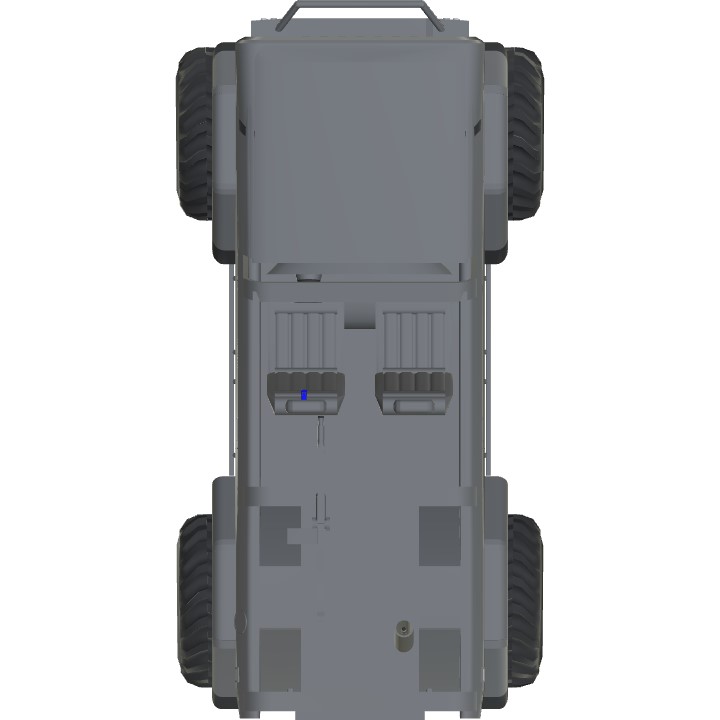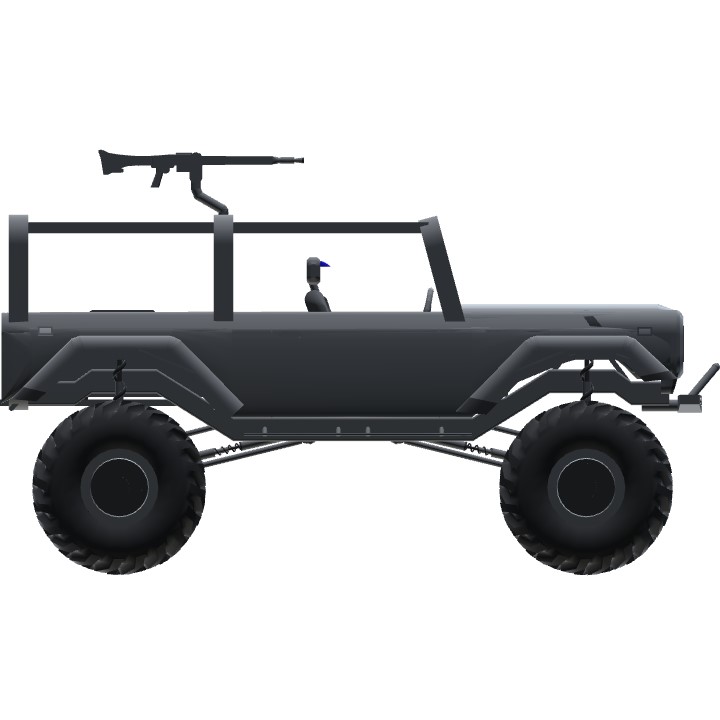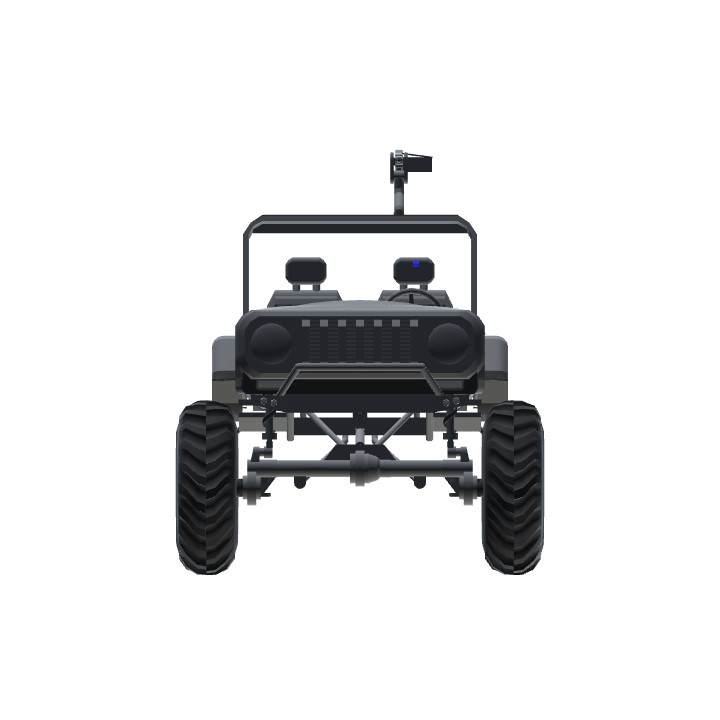Naval Doctrine:
The Saltwater Navy focuses its power around its six carrier battle groups. Each battle group sails with one aircraft carrier, one aircraft cruiser, one destroyer, two frigates and one cruiser as a minimum. These battle groups are used to project power over war zones using both its aircraft and cruise missile-armed escort ships.
Often one or more escorts will detach from the main fleet to engage in their own independent tasks. These operations are known in the fleet as "rangers".
To defend the battle group from submarine attack most escorts have a number of torpedo tubes, as well as S-3X Viking and HXE-112 anti-submarine aircraft and Scorpion-class torpedo boats, which are armed with both torpedoes and depth charges.
.
Increasingly single escort ships are being used to interdict enemy supply chains, with the Navy's five Albacore-class attack submarines and five Rofnik-class destroyers being used in this role.
.
The SWN also has two "special mission battleships", the SWS Carisbrooke and SWS Cavalier. These ships are used to support the battle groups by providing unique capabilities. Carisbrooke is used in the electronic warfare and command and control mission, whilst the Cavalier is used in the shore bombardment and heavy strike roles.
.
One of the primary roles of the Saltwater Navy is to transport the Marine Corps into theatre and support them by providing shore bombardment. For amphibious assaults the Navy has ten Bridge-class landing ships and six Willow-class landing platform docks. For supporting land forces during landing there are ten Monument-class cruisers available.
.
Aerial Doctrine:
The Saltwater Air Force has three primary missions:
1. To gain air superiority over the theatre of operations.
2. To provide close air support to ground forces in theatre.
3. To provide air transport services when required by the other armed forces.
.
In order to gain air superiority the SWAF focuses on wiping out enemy aircraft on the ground and disabling runways, with large numbers of air superiority fighters used to mop up any aircraft which manage to get airborne. Large numbers of SEAD aircraft are used to protect strike packages before surface-to-air missile sites can be eliminated.
.
When providing close air support the SWAF uses its fleet of attack helicopters, consisting of the Leonardo Dart and SAH-75 Vulture. In scenarios with fewer air defences the SA-120 and T-22 Cloud Master gunships are used. Fast jets are also regularly used in the CAS mission.
.
Long-range transport is provided by an extensive transport fleet, with SC-120s flying tactical missions, C/T-122s flying strategic airlift and Drifter-Cs flying troop transport missions in both the strategic and tactical environments.
Helicopter transport is performed by the dual-purpose HXE-112 helicopter, which can fly anti-submarine and troop transport missions.
.
The SWAF also performs maritime attack and patrol for the SWN. Short Hartlepool flying boats have the range to flying long distances across the archipelago in search of enemy submarines. S-3X Vikings provide closer protection to the carrier battle groups.
For maritime attack the CFA-14 Black Prince maritime attack aircraft is used. It is equipped with a number of anti-ship missiles and a pair of semi-nuclear cannons.
.
Land Doctrine:
The Saltwater Marine Corps relies on fast and rapid assaults by air or sea to defeat enemy forces. As such the Marine Corps has a large number of main battle tanks and troop carriers in order to smash through enemy positions.
Tanks, IFVs and APCs all provide mutual support to each other during combat, with dedicated armoured vehicles such as the Pachy and Javelin supporting infantry advances. Attack helicopters are used extensively to ensure that the frontline keeps moving.
.
Artillery is viewed as a necessary impediment by Marine commanders. It is used to break down highly fortified positions, but is otherwise restricted in use in favour of the more mobile Žaneta batteries. These consist of four Žanetas, one supporting Javelin, two Dhole utility trucks and four armoured trailers, towed by the Žanetas. They move around the battlefield and provide fire support where needed. The Marine Corps can sustain sixteen of these batteries at any one time.
.
The Saltwater Marine Corps is usually not used to occupy enemy territory, leaving that to the smaller Foreign Service Corps, which consists primarily of ex-Marines and trainees under instruction, although the air crews are drawn directly from the SWAF. The SWFSC accepts recruits between 30 and 45 years of age, with the retirement age set at 55 (excluding those with high rank). The rest of the armed services accept recruits between 16 and 35 years of age, with retirement age set at 55 excluding those with high rank.
Most Saltwater citizens go through mandatory service, four years for males and three for females.
Specifications
General Characteristics
- Predecessor Martin Scout™ II
- Successors 1 airplane(s)
- Created On Windows
- Wingspan 7.5ft (2.3m)
- Length 15.1ft (4.6m)
- Height 8.8ft (2.7m)
- Empty Weight 1,038lbs (471kg)
- Loaded Weight 2,811lbs (1,275kg)
Performance
- Power/Weight Ratio 1.199
- Wing Loading 5.8lbs/ft2 (28.3kg/m2)
- Wing Area 485.7ft2 (45.1m2)
- Drag Points 3018
Parts
- Number of Parts 551
- Control Surfaces 0
- Performance Cost 2,561




